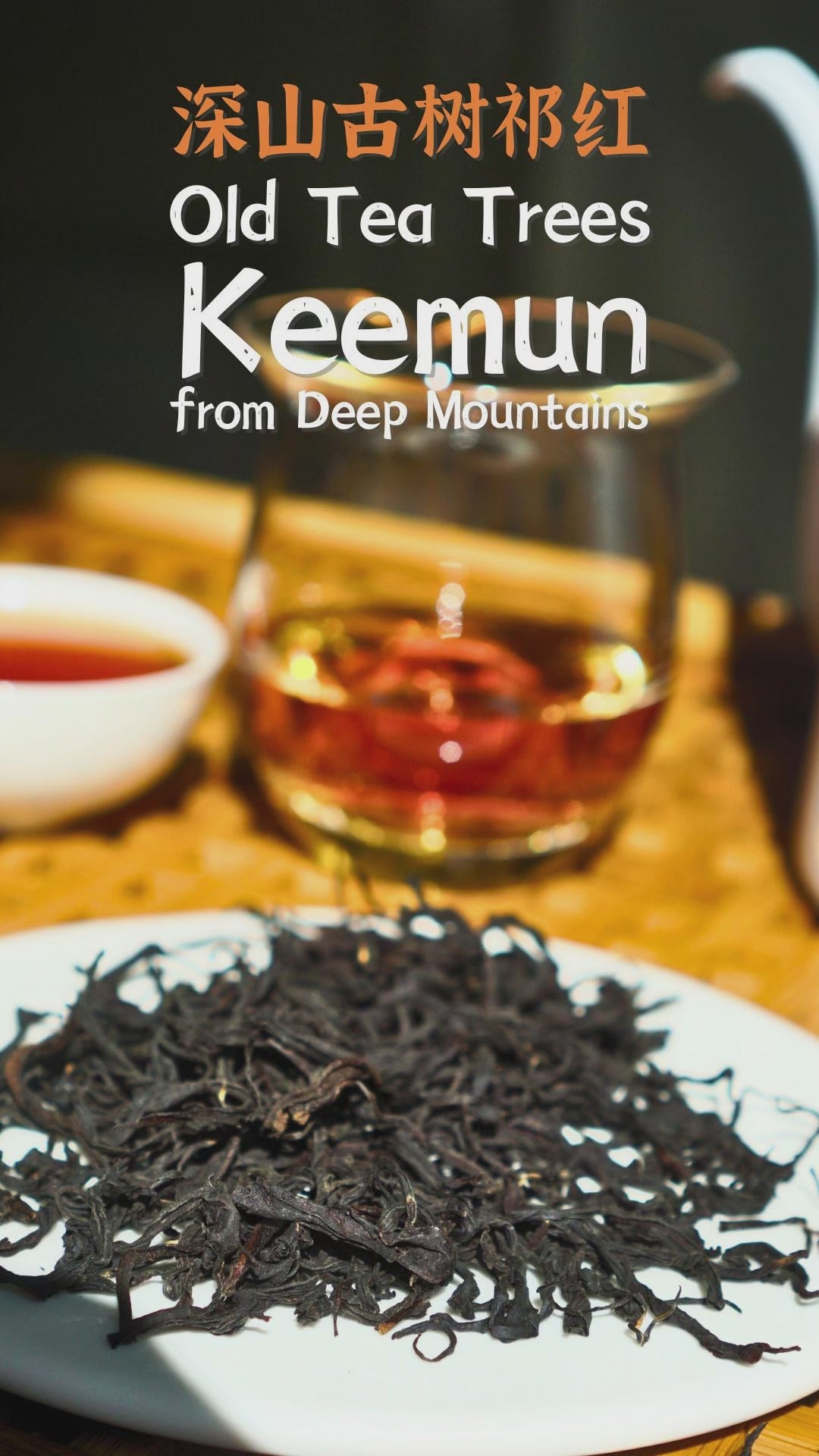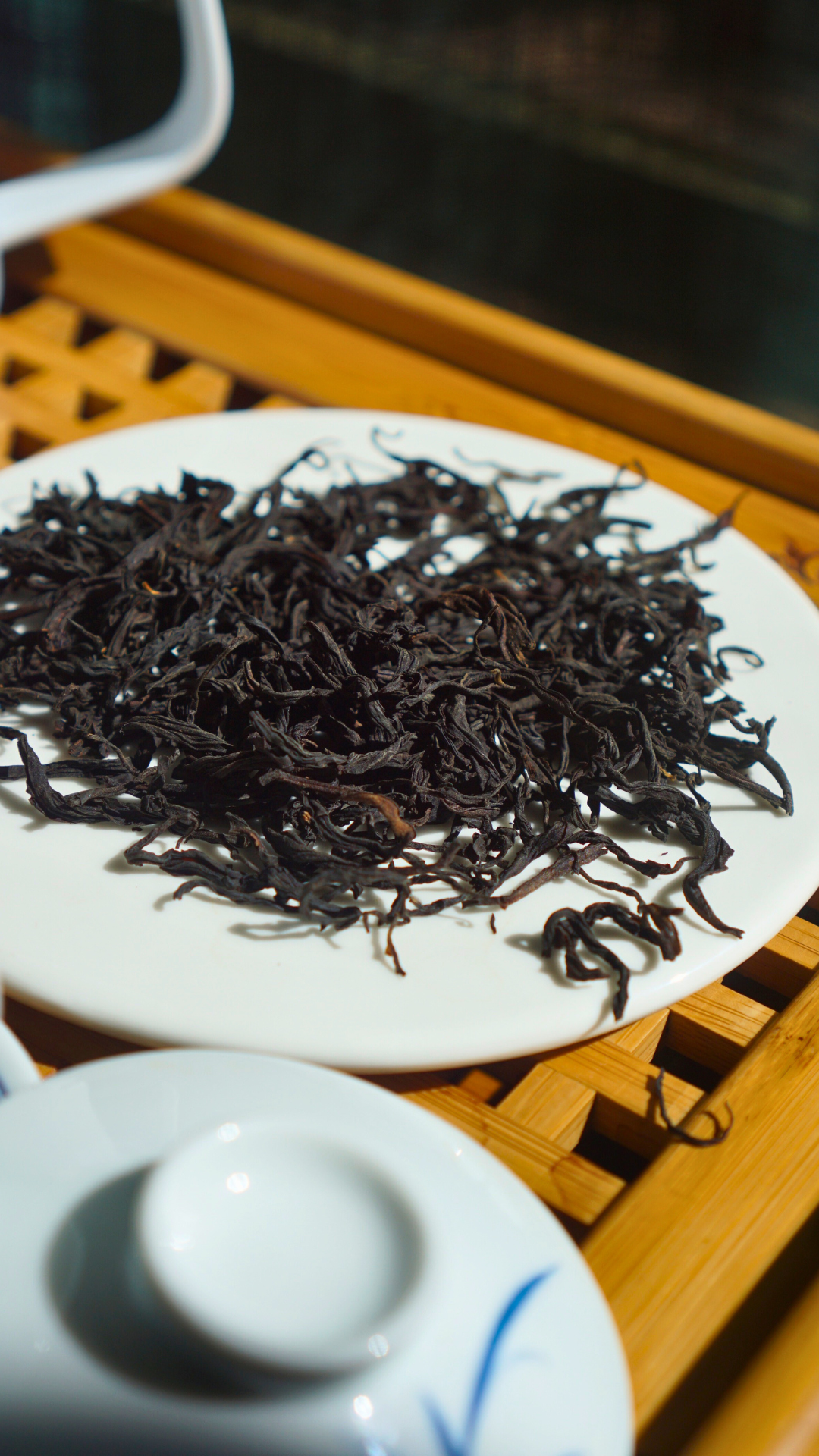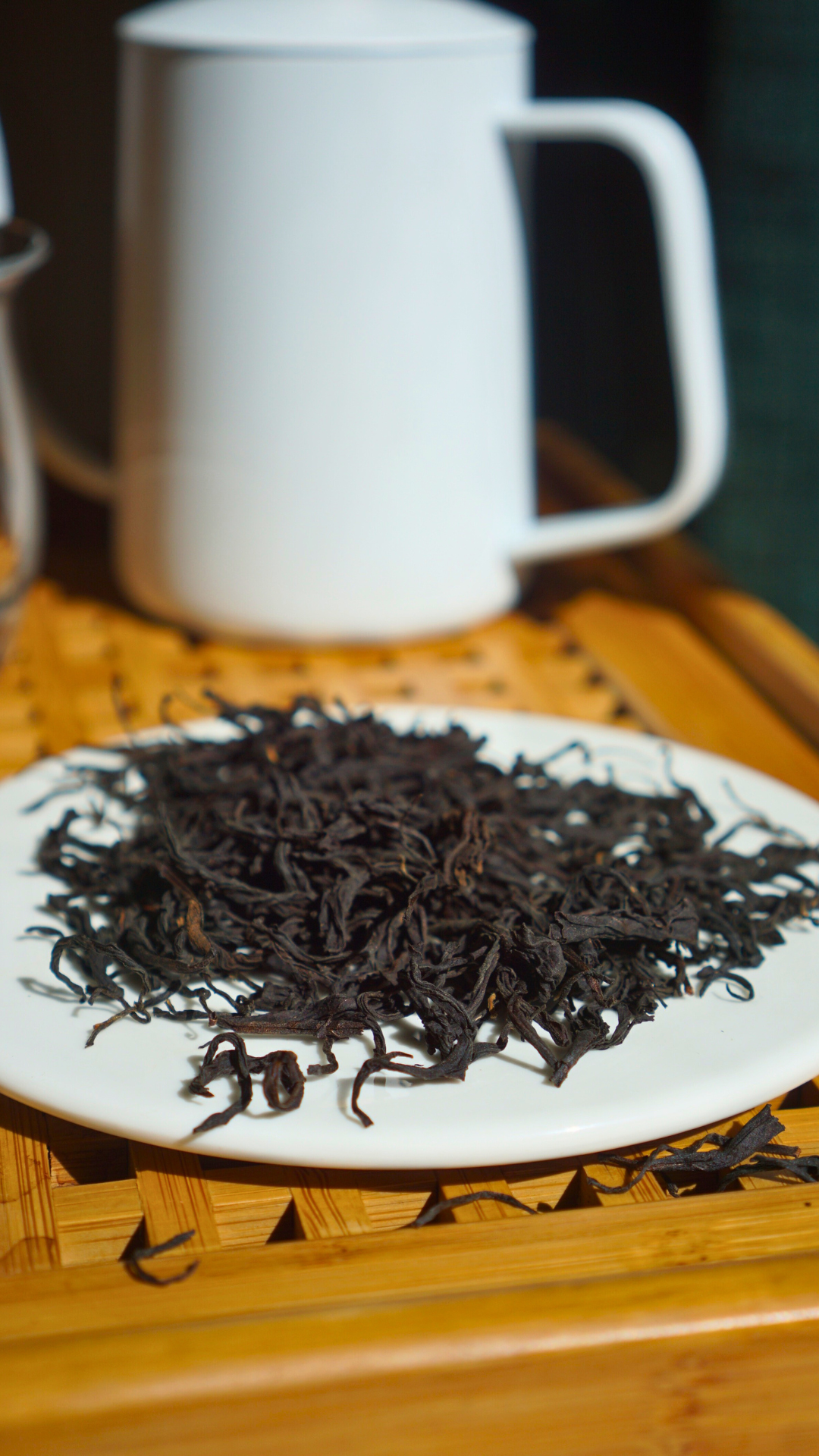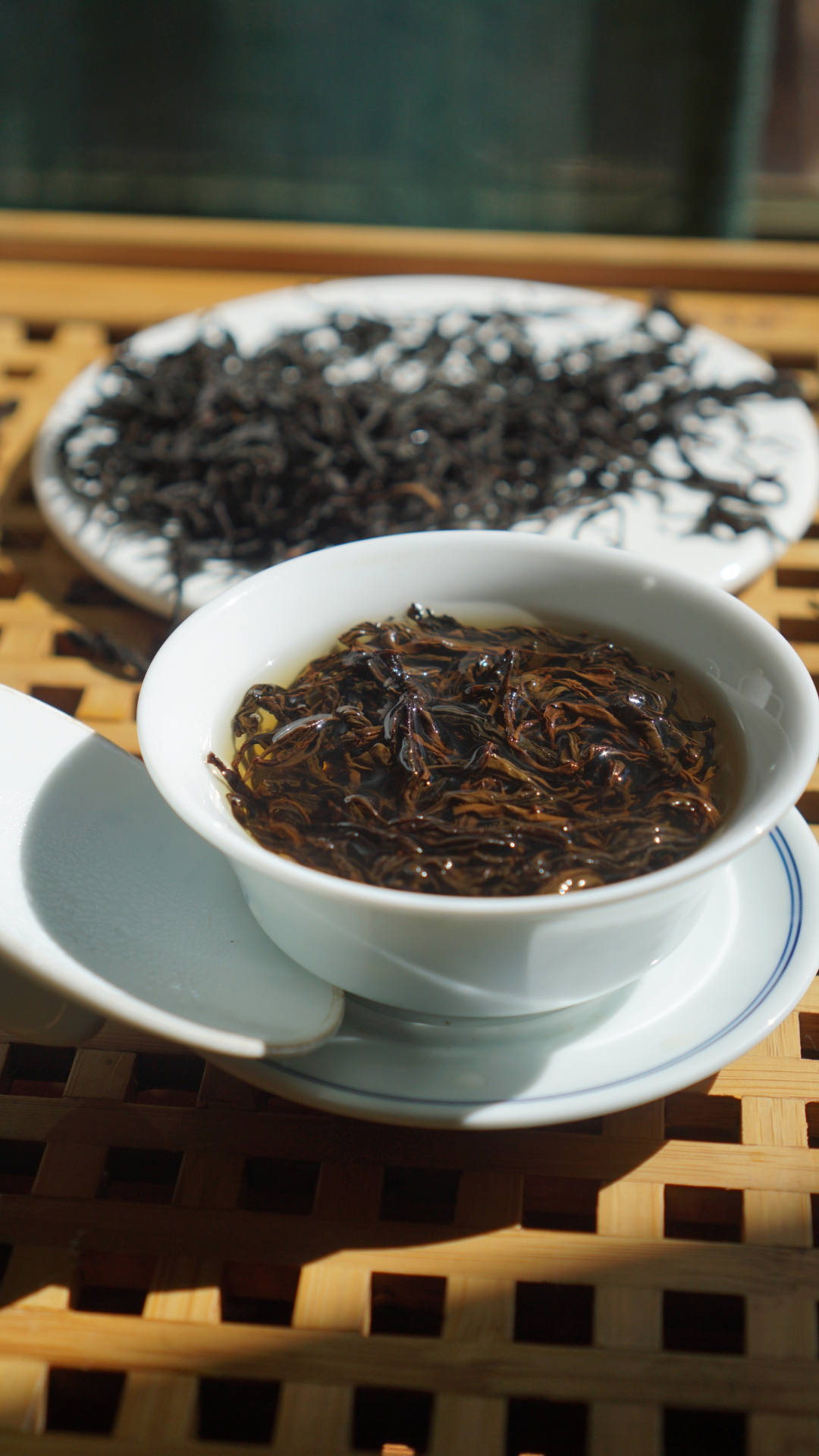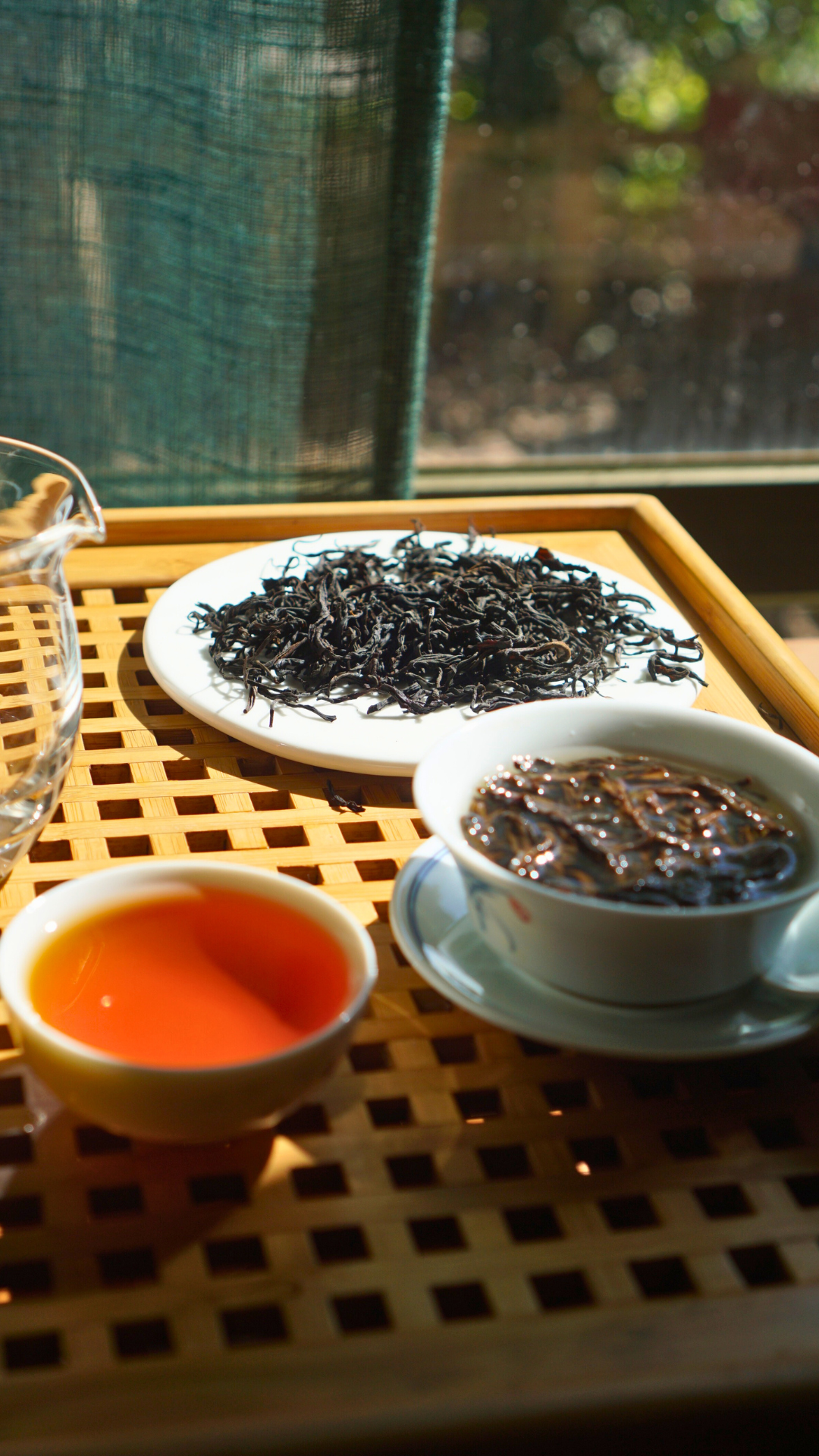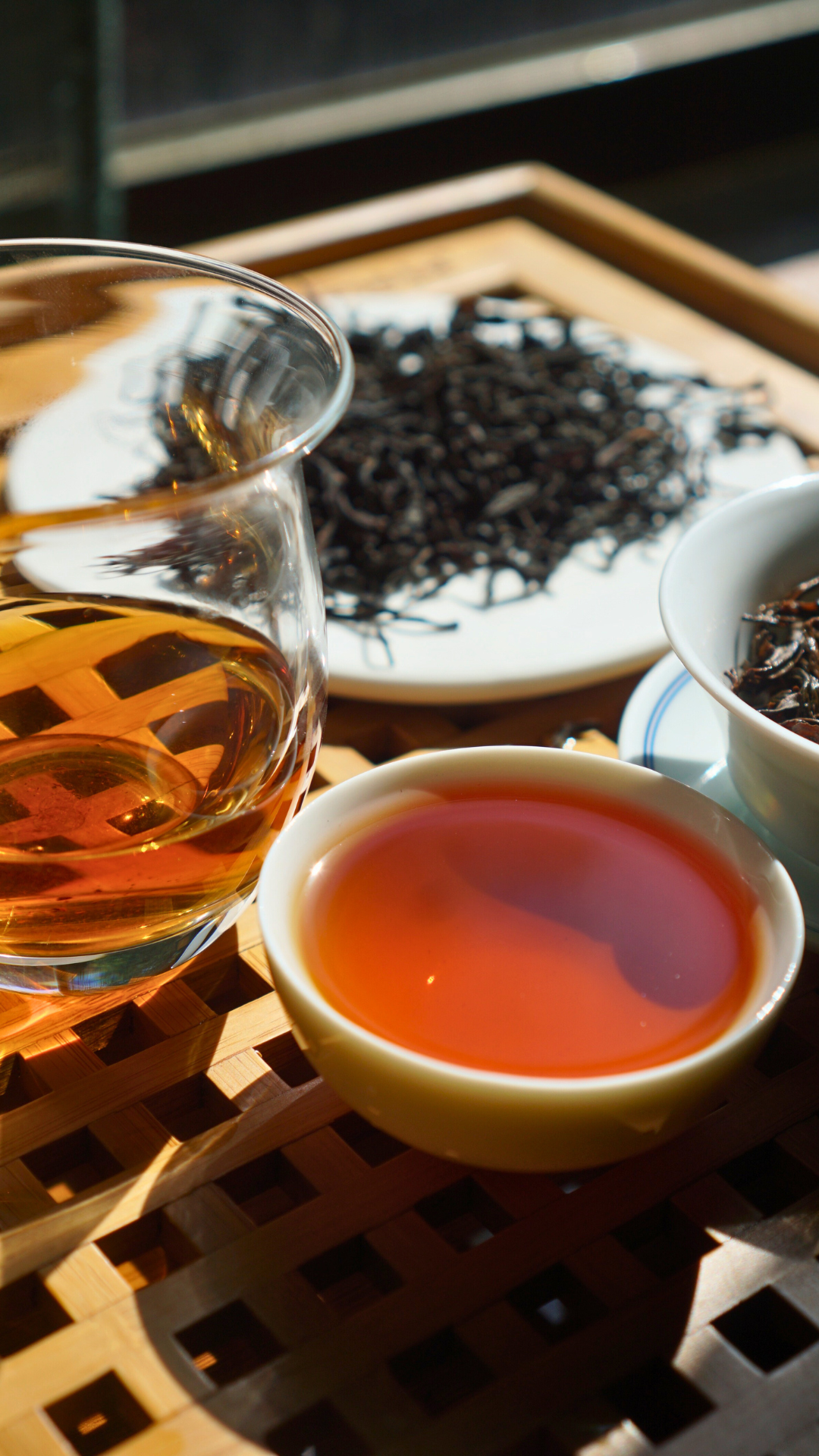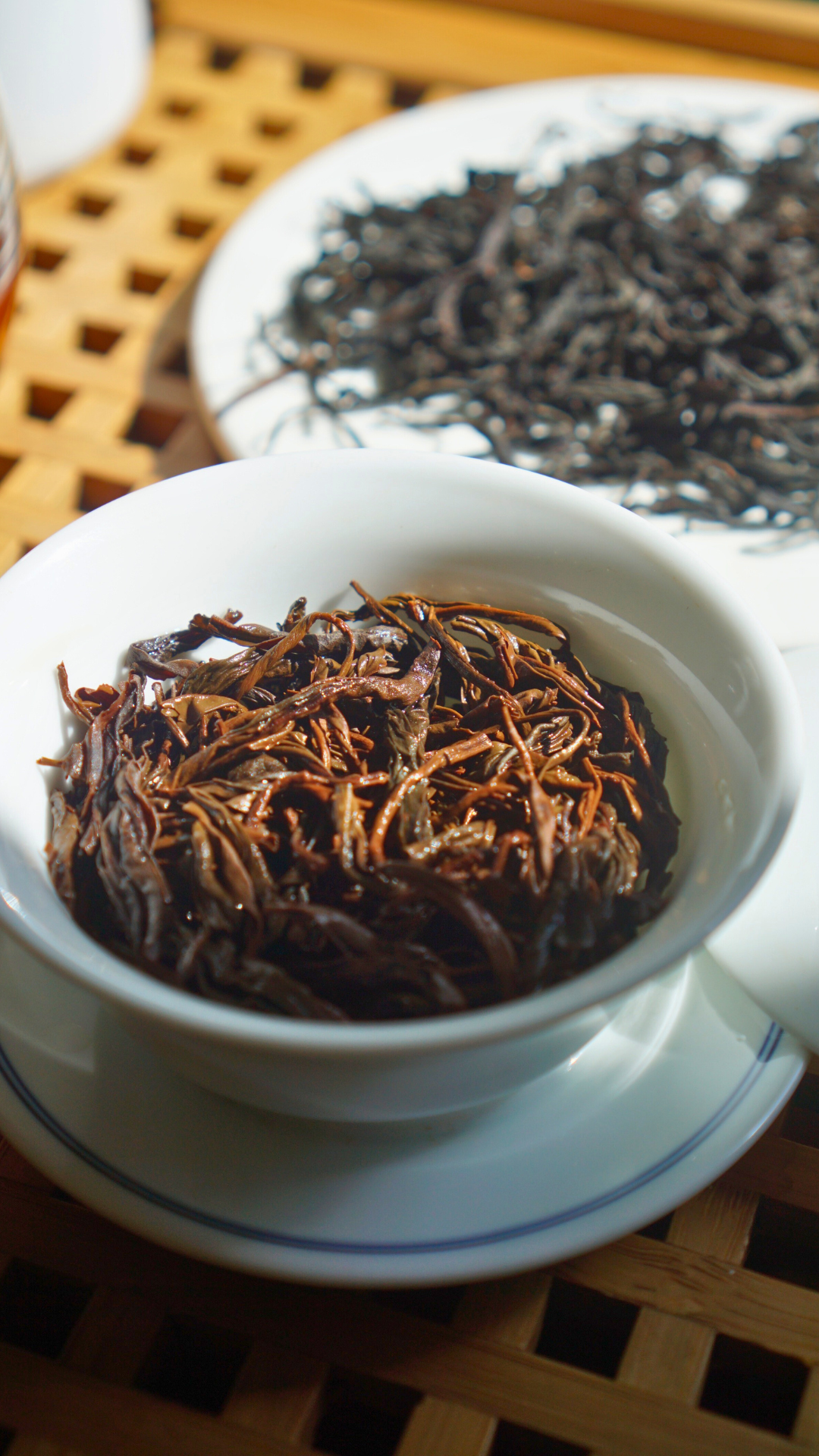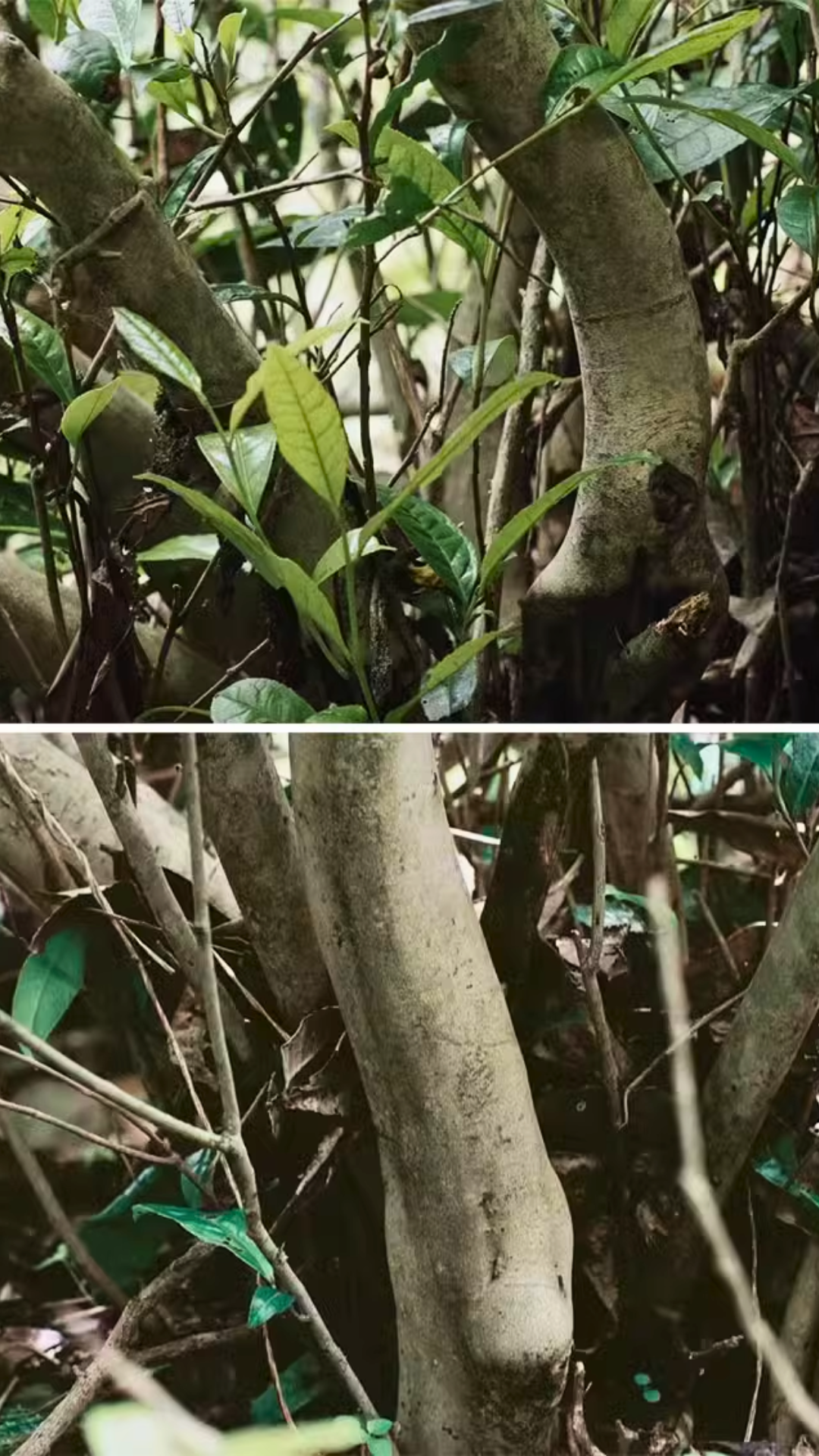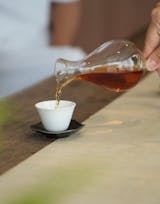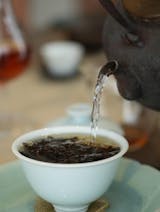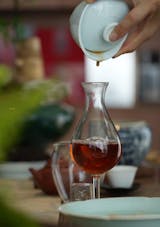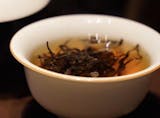Old Tea Trees Qimen Black Tea from Deep Mountains
Old Tea Trees Qimen Black Tea from Deep Mountains
深山古树祁门红茶
This is a full-bodied and wild ancient tree Qimen black tea. The tea is harvested from the Xianyu Mountain (仙寓山) range, located at the border of Qimen County(祁门县) and Shitai County(石台县).
This unmanaged tea garden sitting at an altitude of around 700-900 meters.These wild ancient tea trees were leased by 老陈 (the Qimen black tea master we have collaborated with for years) 10 years ago and have been protected ever since. They have been left to grow naturally in the deep mountains, without human interference, in a completely natural state.
Every year after the Grain Rain (a traditional Chinese solar term), tea farmers are hired to hand-pick the leaves.
The tea trees in the mountains have trunks as thick as a wrist, and some even thicker ones are not uncommon. Huangshan's native tea trees belong to the shrub variety, and for a shrub to grow trunks this thick, it is proof of the age of these tea trees.
老陈 adheres to a harvest standard of one bud with two to three leaves, and the leaves must be fully matured. Only with such raw material can there be richer inherent substances. Most importantly, this type of raw material can produce black tea that will achieve its optimal state after 3-5 years of aging. If stored well for 8 years, it will reach an entirely different level of flavor.
Flavor Profile:
For tea aged 3 years: It is sweet enough, with full floral and fruity aromas upon entry. The sweetness penetrates the tea water and carries an intense flavor, with a clear and distinct sweetness lingering in the throat.
For tea aged 5 years: The sweetness intensifies further, while the floral and fruity notes diminish slightly, giving way to a slight woody fragrance. The tea liquid develops a slight oiliness, and the tea can generally be brewed for 10 rounds, with prolonged steeping never resulting in bitterness or astringency. The sweetness is the dominant sensation, and the aroma becomes reserved and mild, yet possesses strong penetrating power, exuding a wild and untamed charm.
Picking and Processing
Picking and Processing
Tea gardens typically harvest in April, with high requirements for leaf tenderness. Spring tea is harvested in 6-7 batches, primarily picking one bud with one to two leaves.

Key processing points for Gong Fu black tea:

Withering: After picking, fresh leaves are placed in withering troughs or withering machines, or can be spread on the floor for natural withering. The purpose of withering is to evaporate appropriate amounts of moisture, making leaves soft and more resilient, promoting internal chemical changes, and eliminating the grassy smell. Generally, withered fresh leaves should reach about 65% water content. Under normal temperature and humidity, natural withering takes 7-8 hours. Withering time is shorter with higher temperatures and lower humidity, and longer in opposite conditions. Proper withering is indicated by shrunken, soft leaves that clump when squeezed but separate when released, darkened color, loss of shine, reduced grass smell, and emerging fragrance. Withering is a crucial processing stage for developing black tea's aroma.

Rolling: The rolling process for strip-style black tea is similar to green tea, but with higher standards - the strip formation rate must exceed 90%, cell destruction rate over 80%, and tea juice should ooze but not drip. Therefore, higher performance is required from rolling machines.

Fermentation: Fermentation is a unique stage in black tea processing, allowing polyphenols to fully oxidize, creating black tea's characteristic color, aroma, and taste. Black tea is called fermented tea because its red liquor and leaves result from fermentation. Currently, Kung Fu black tea processing still follows traditional methods, with a relatively long processing cycle - over 4 hours from rolling to drying. Fermentation actually begins during rolling, with separate fermentation on the floor lasting only about 2 hours. The ideal fermentation temperature is 24-25°C, with humidity above 80%. Air circulation is necessary for complete oxidation. Proper fermentation is achieved when the grassy smell disappears, aroma develops, and leaves turn red.

Drying: Drying is the final step in black tea processing, aimed at stopping fermentation, evaporating moisture, and achieving crude tea product requirements. Black tea drying typically uses drying machines with a two-stage process.
The first stage is called rough drying, the second final drying. Rough drying should achieve 20%-25% moisture content, final drying 4%-6%. Between stages, tea leaves are cooled and allowed to reabsorb some moisture before the second drying. Drying temperatures follow the principle "high for rough drying, low for final drying" - high being 110-120°C, low being 85-95°C.
Brewing
Brewing
White porcelain teaware is best suited for brewing Gong Fu black tea, such as white porcelain gaiwan, white porcelain teapot, white porcelain cups, etc.
First rinse all utensils with hot water, then add about 3-5 grams of black tea, and pour 90°C~95°C hot water into the gaiwan to 2/3 full, then quickly pour it out - commonly known as "tea rinsing."
When pouring with the teapot, the steeping times from the first to tenth infusion should be approximately: 15 seconds, 25 seconds, 35 seconds, 45 seconds, 1 minute, 1 minute 10 seconds, 1 minute 20 seconds, 1 minute 30 seconds, 2 minutes, 2 minutes 30 seconds. The steeping time can be adjusted according to personal preference.
After brewing, it is recommended to pour the tea into white porcelain cups for appreciation. If a golden ring remains on the cup wall for a long time without dissipating, such black tea is considered premium and precious.
Black Tea Storage
Black Tea Storage
The quality of black tea is determined during the fermentation
process, and if stored properly, its quality remains relatively stable. Black tea has a long shelf life that can last for several years.
The key principles for storing black tea are: avoid light exposure, keep sealed, maintain room temperature, and prevent moisture.
1. Storage Container Selection
Although tea often comes with canisters or bags when purchased, it's best to use professional containers for long-term storage. The ideal containers for tea are made of porcelain, stainless steel, or tinplate. Before placing black tea inside, wrap it in plastic bags and remove air from the bags to better preserve the tea's aroma.
2. Storage Environment Conditions
The storage environment directly affects the quality of tea preservation. The optimal storage environment for tea should be dry, room temperature, and away from light. Additionally, avoid humid conditions, as black tea can easily absorb moisture and deteriorate. Direct sunlight will destroy vitamin C in tea leaves and alter their color and taste; high temperatures will accelerate the breakdown of effective components, reducing nutritional value.
3. Storage Duration
Although black tea can be stored for long periods, even under optimal storage conditions where it can maintain its flavor for 3-5 years, it is still recommended to consume it within 1 year.
- Gong Fu Black Tea
- 500g/pouch
- Free Shipping
Couldn't load pickup availability
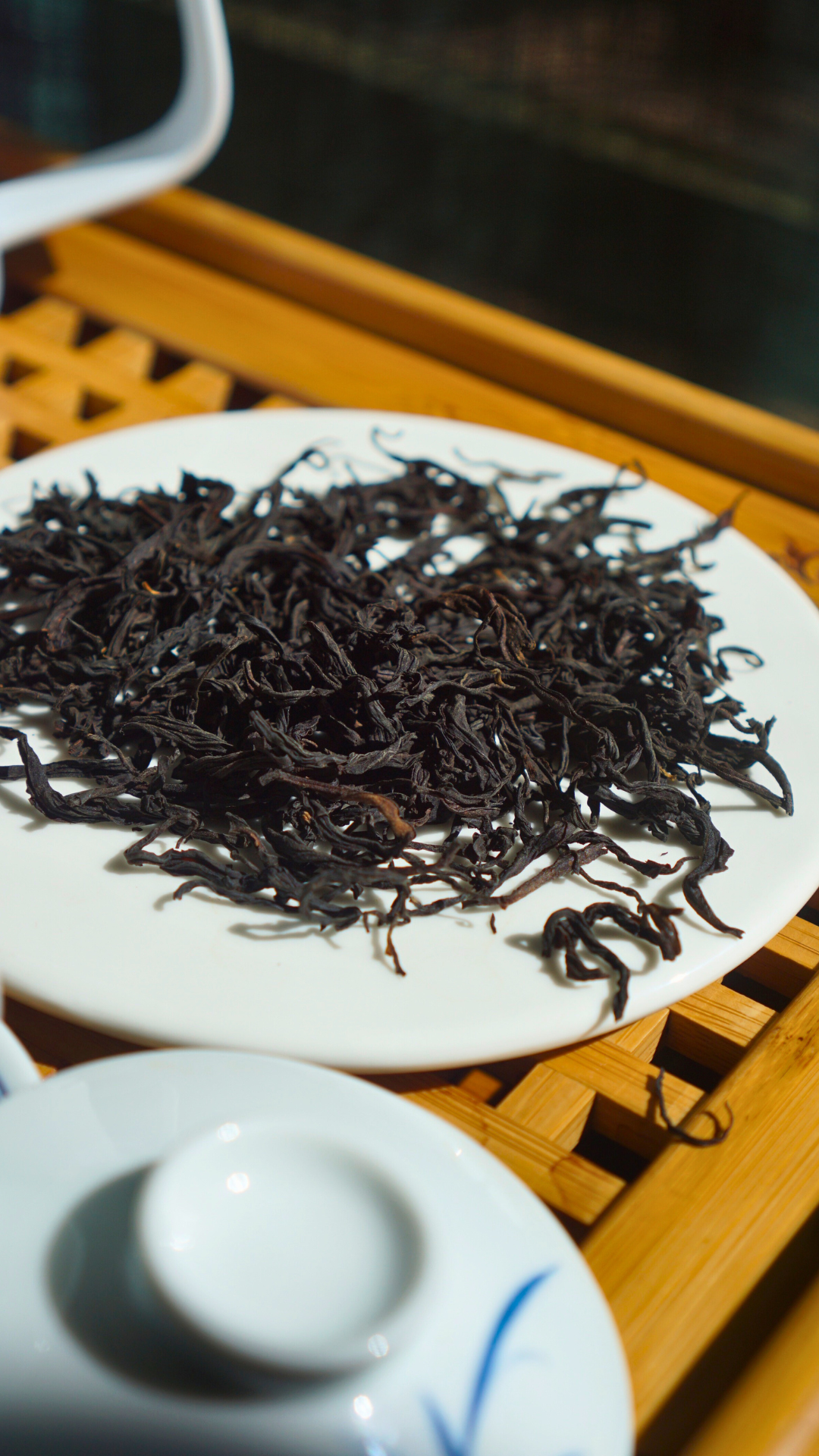
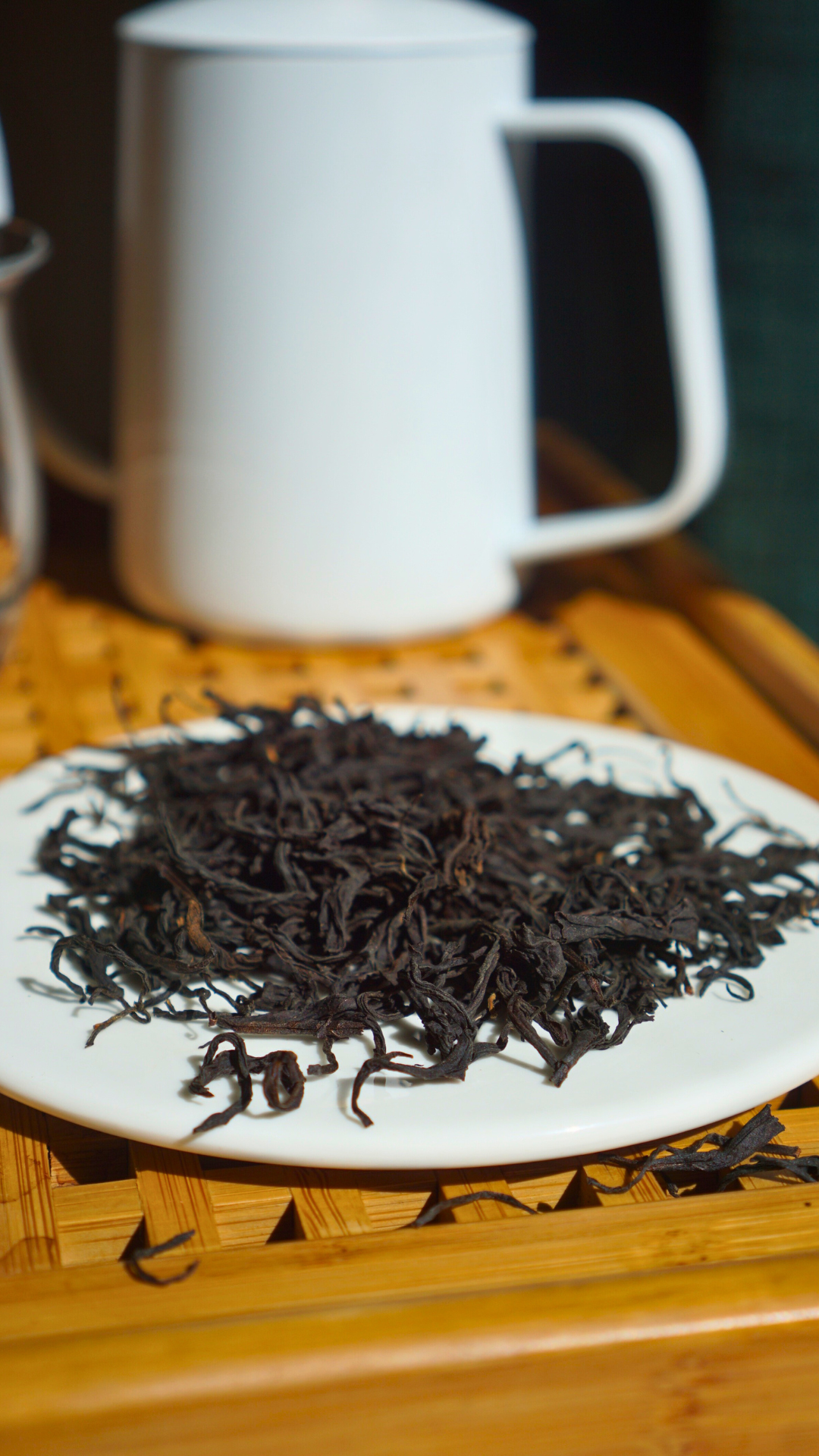
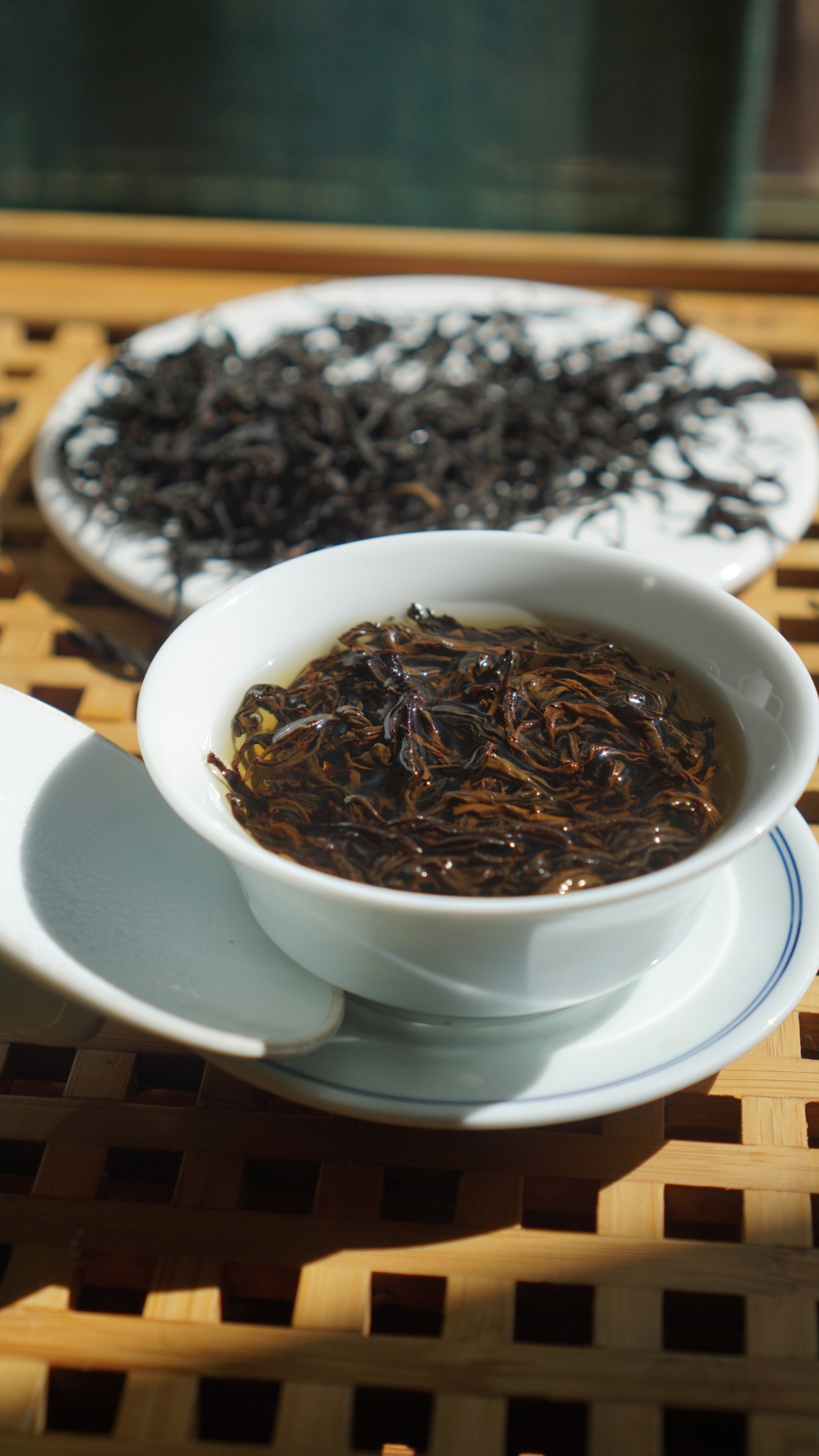
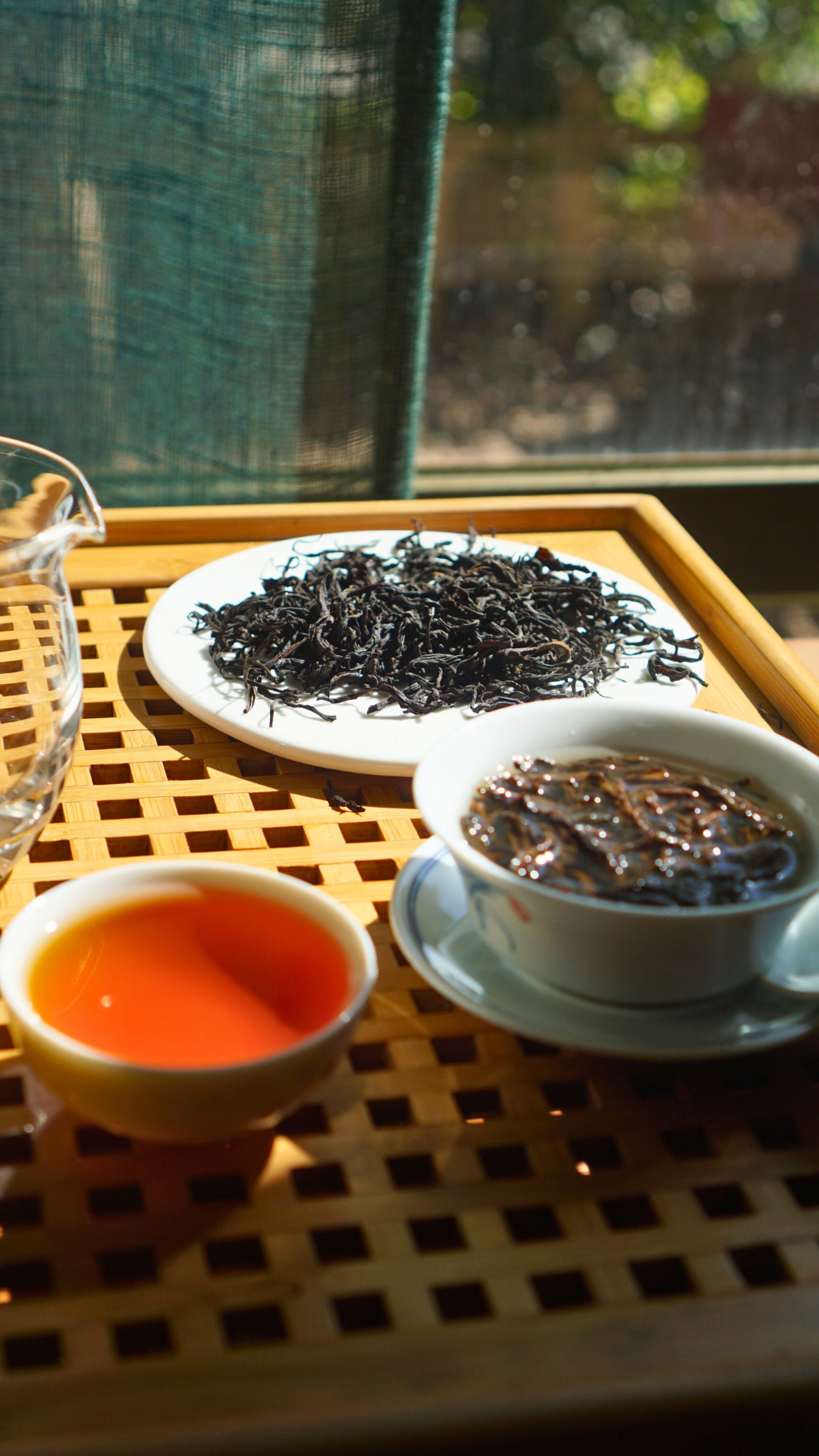
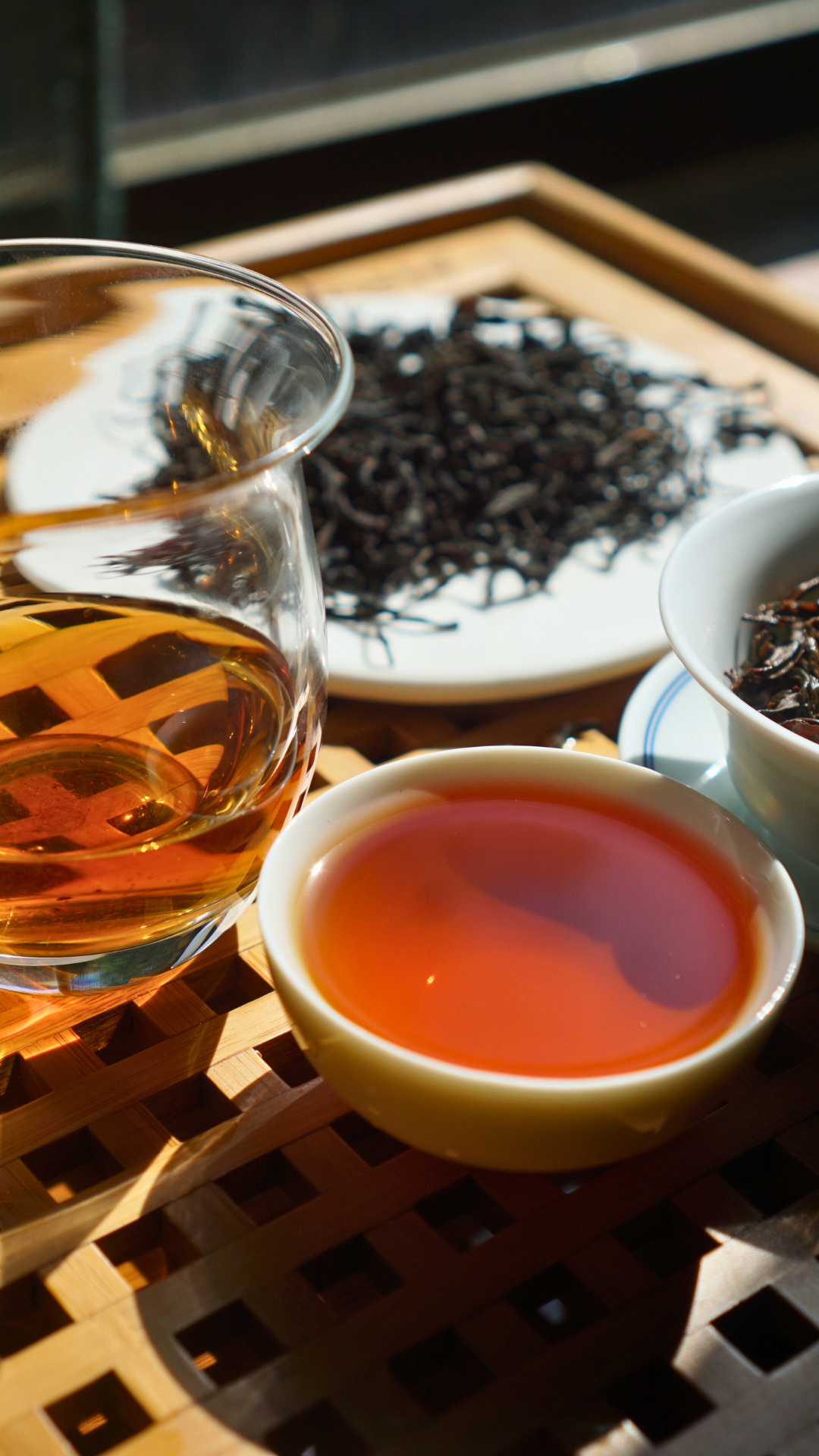
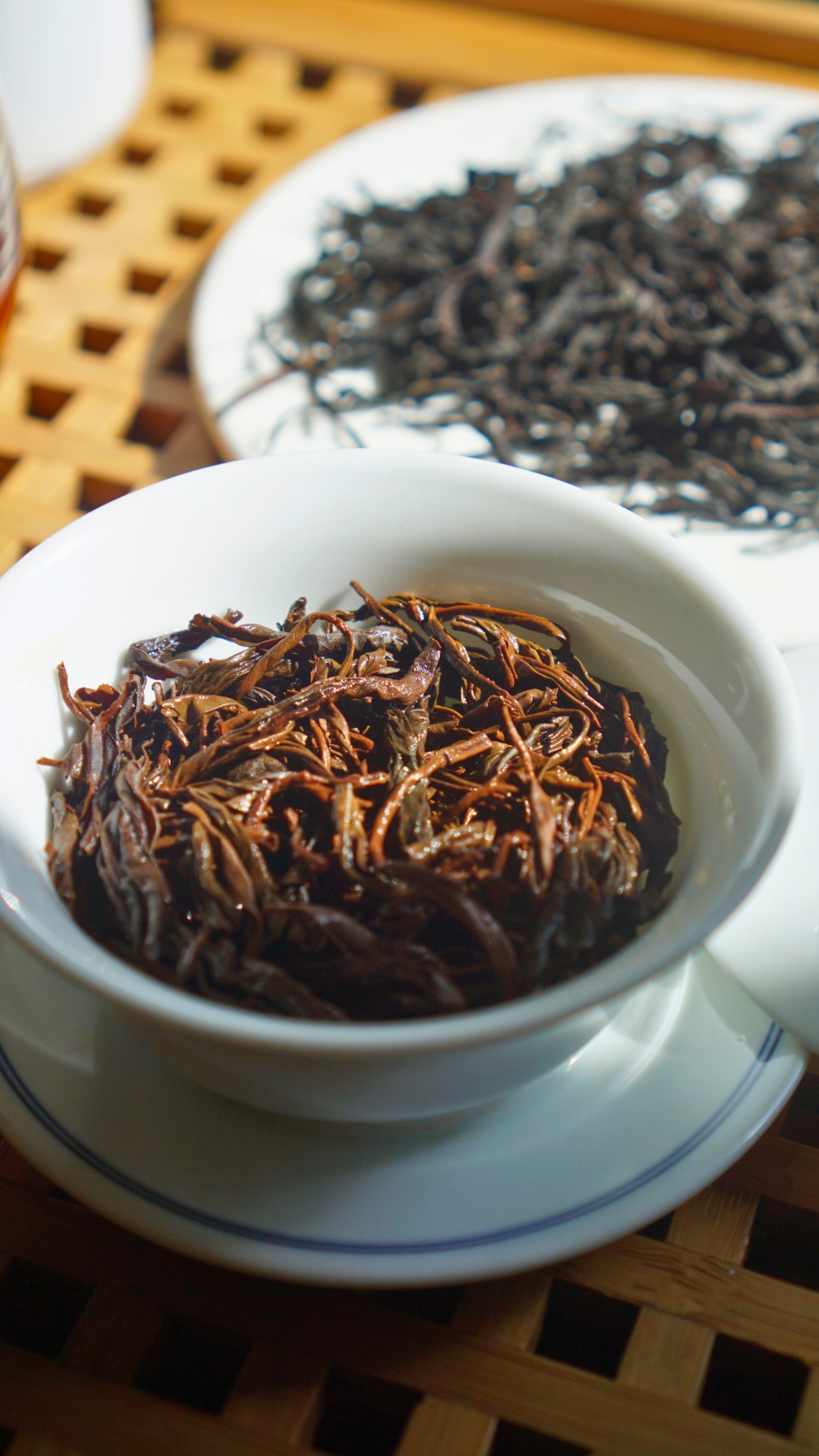
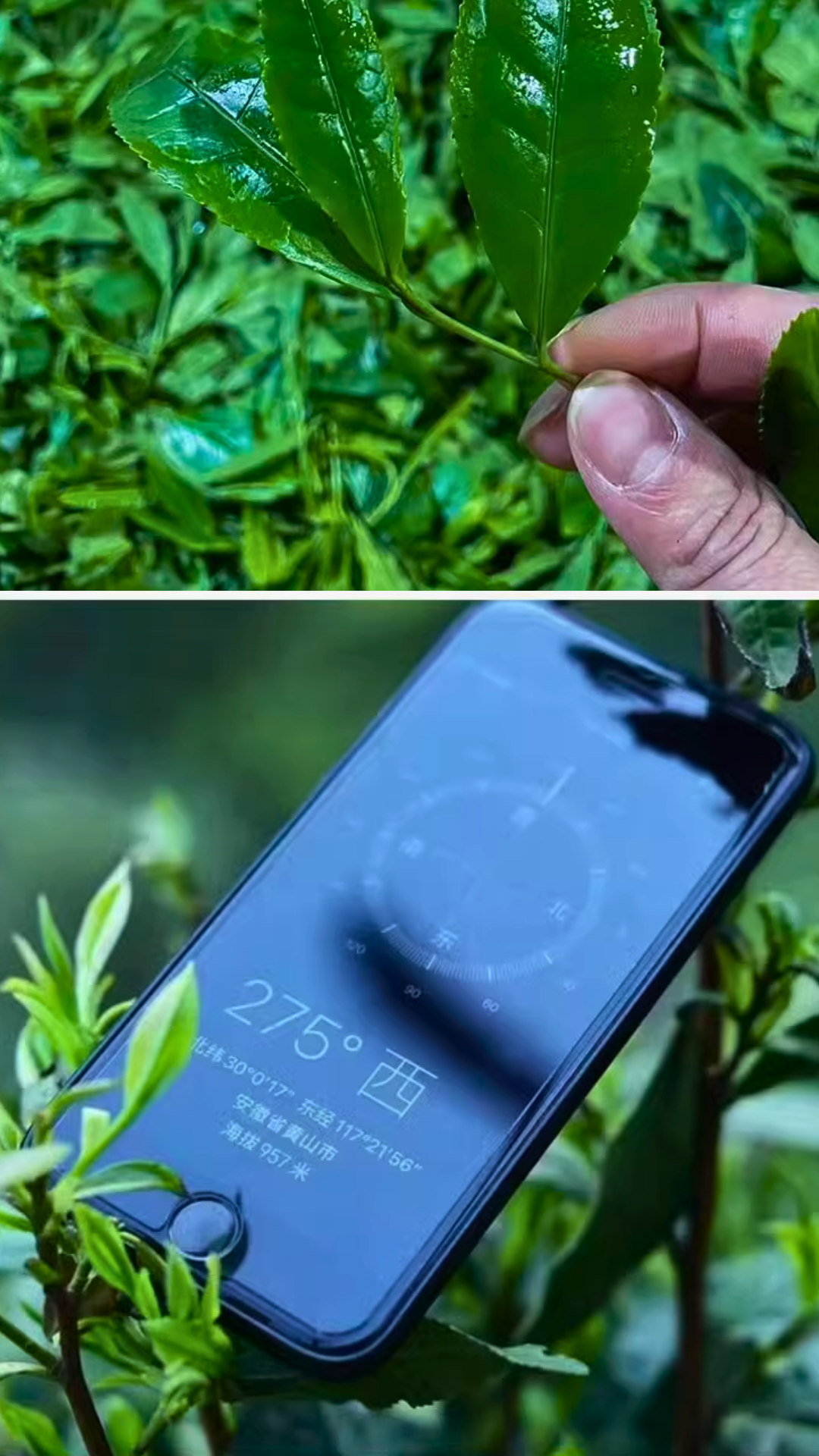
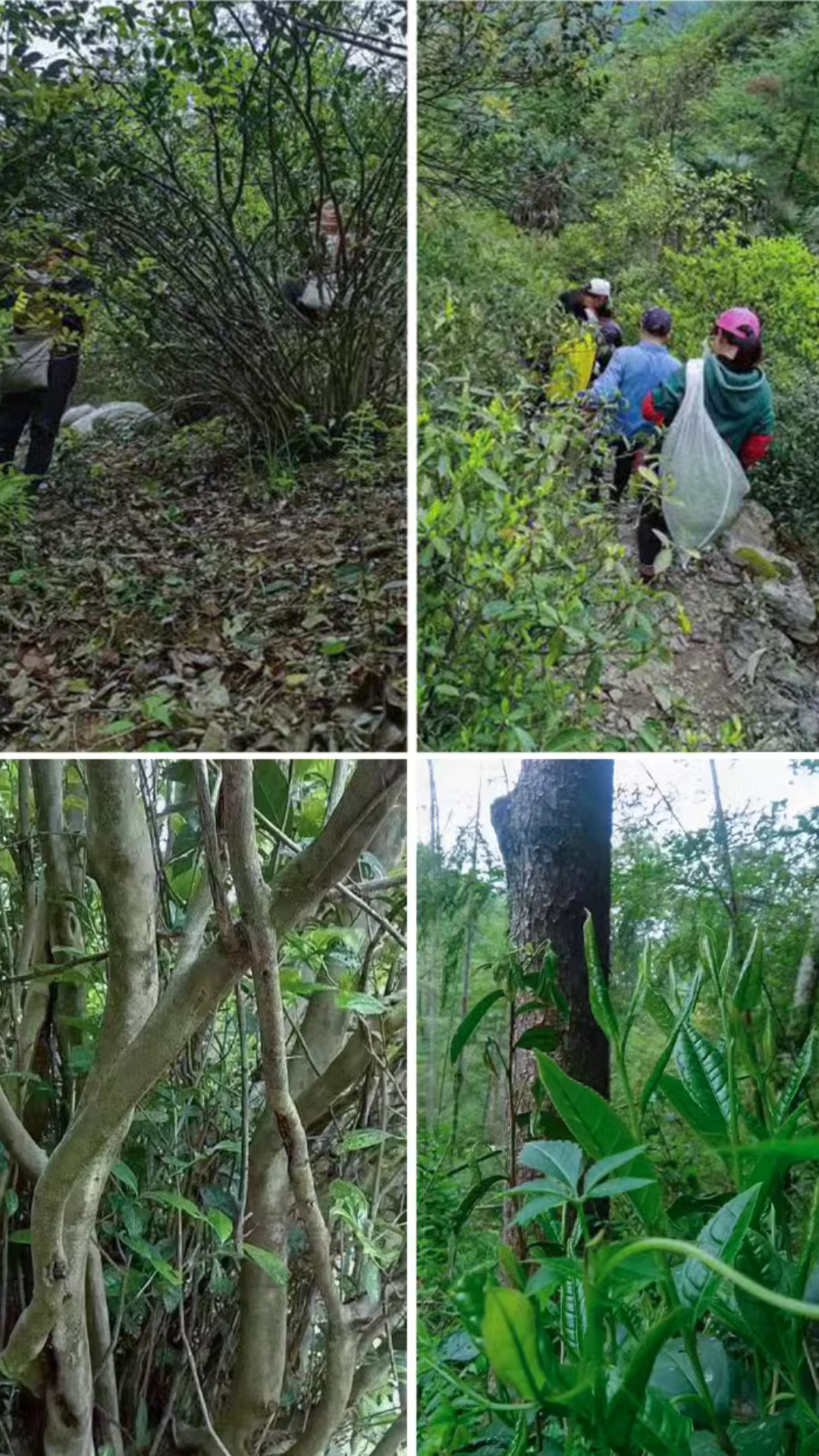
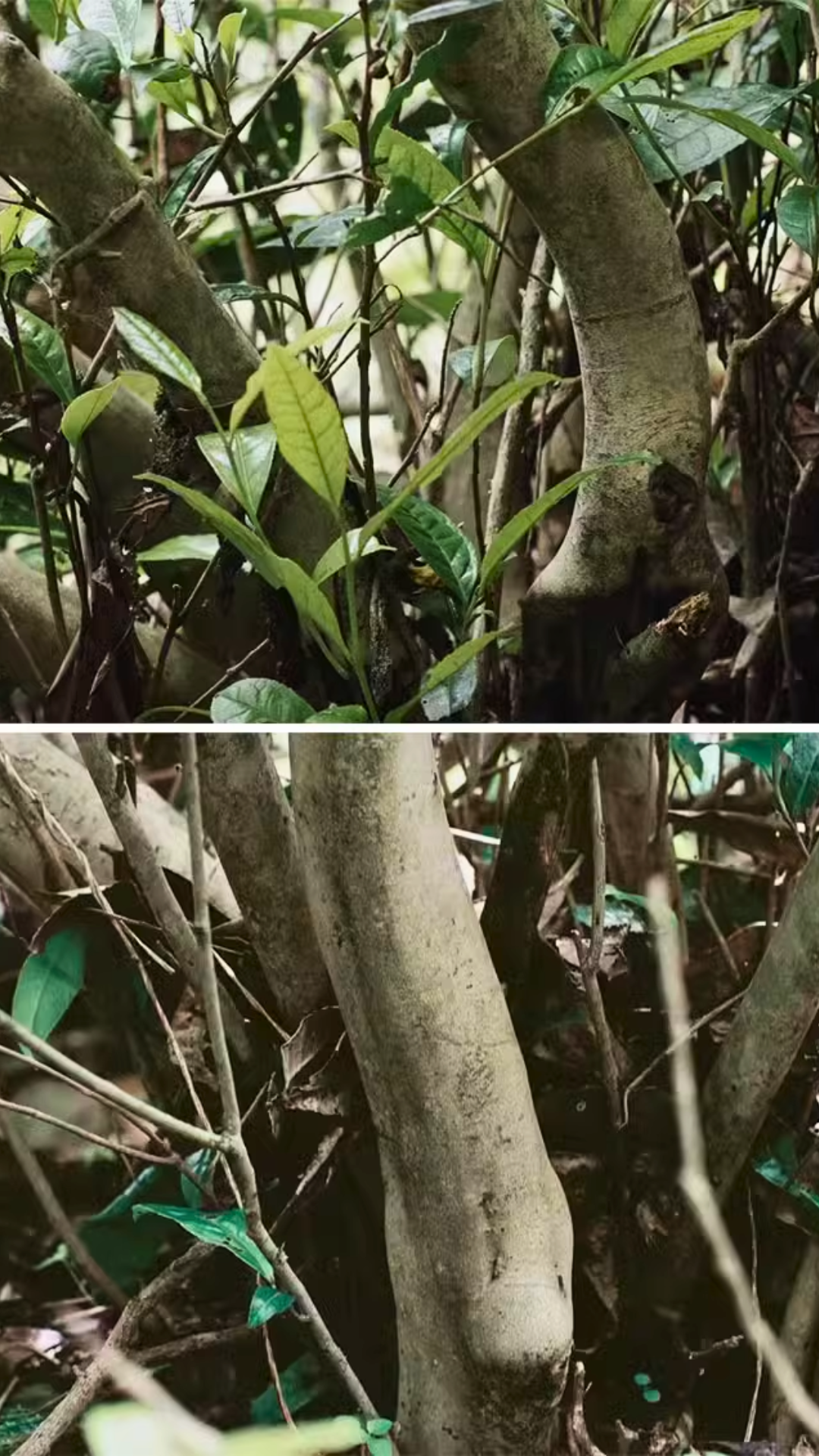

The secret to black tea not being bitter lies in brewing it using the Chinese Gongfu tea method. Premium black tea releases a rich, sweet aroma the moment it touches water, without any bitterness at all.
I really like this tea. It’s great for brewing with a gongfu gaiwan. The tea leaves are very thin and long, and the flavor is very fragrant, similar to the taste of dried longan I bought in Chinatown. Just thinking about it feels so sweet. I’ll buy another package to give to my mom—she will definitely love it.
I have always loved Keemun black tea. This tea is very special, with the sweet aroma of Keemun black tea and a hint of earthy aroma. It is more durable for brewing and can be steeped 3 to 4 more times compared to other black teas. After brewing, the leaves remain intact, so it must be hand-picked.
I think the charm of aged bush tea lies in the fact that the leaves are not very tender, giving it a rich flavor. Perhaps after being stored for a while longer, the taste will improve further. I believe large-leaf black teas are more suitable for storage. I previously bought a type of Dianhong tea from you, and it has been stored for five years. Now, when brewed, it has a honey-like aroma, which is excellent. Why don’t you sell Dianhong anymore?
Hi Josh, we’re getting the Dianhong series ready and have more than 10 types of Dianhong waiting to be listed. I’ll put together a Dianhong sample set for you. The next time you place an order, I’ll include it in your package and send it to you.

